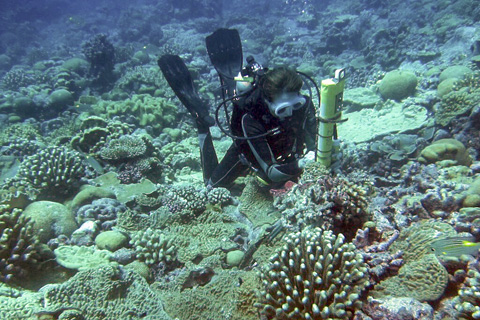
It's been a tough year for the globe's coral and the scientists who use coral to paint a picture of ENSO back thousands of years.

The 2015-2016 El Niño will go down as one of the strongest on record, and also, thanks to El Niño Rapid Response Campaign, one of the best observed.
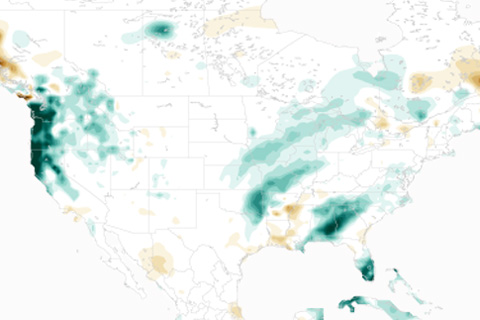
Where are my El Niño impacts?!
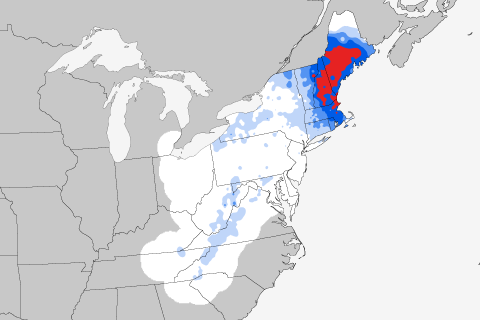
If you're thinking of bemoaning today's weather, comfort yourself with some history: today's the anniversary of the most severe Northeast snowstorm in the historical record. Guest blogger Mike Squires talks about how the February 22-26, 1969, snowstorm ranks head and shoulders above any other storm to hit the region since records began in 1900.
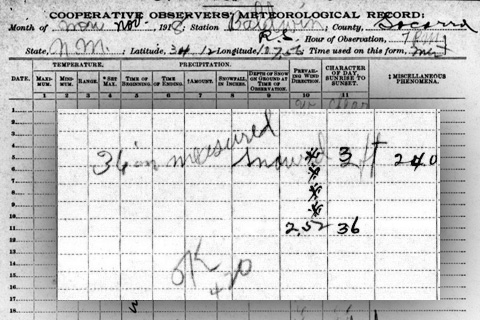
When deciding if a snow event qualifies as a federal disaster, FEMA considers, among other things, how the event compares to previous snowstorms in the historical record. After spending a week going through those records, NECI's Deke Arndt talks about why snow can be the most difficult kid in the climate schoolroom.
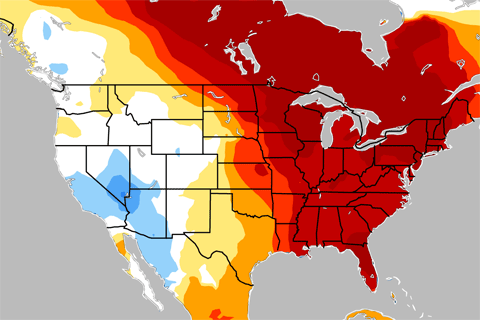
Was El Niño to blame for the above-average temperatures during November and December 2015? As always, the answer is not that simple.
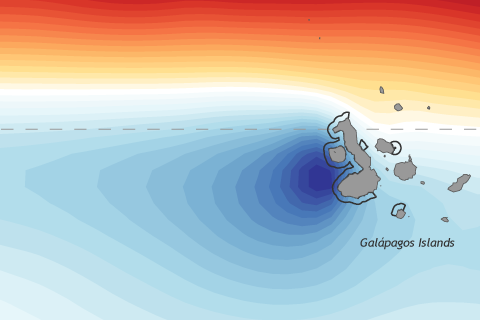
Few places on Earth are more strongly affected by El Niño than the Galápagos Islands, which straddle the equator in the eastern tropical Pacific. Guest blogger Kris Karnauskas explains why these unique islands are so biologically productive—and what happens to that productivity during El Niño.
El Niño is a global phenomenon. Guest blogger Dr. Andrew Watkins shines some light on El Niño's impact across the world in Australia.
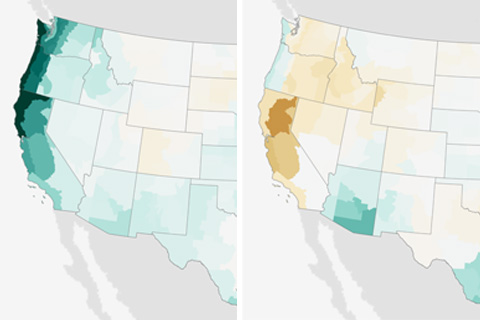
ENSO forecasters are predicting this El Niño will be a strong one. What does that mean?
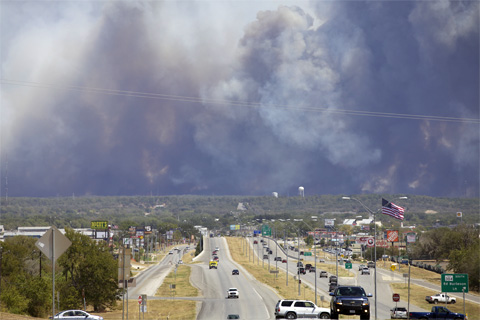
NCEI's Jake Crouch reflects on entering the field of climate monitoring during a historic drought in the Southern Plains.